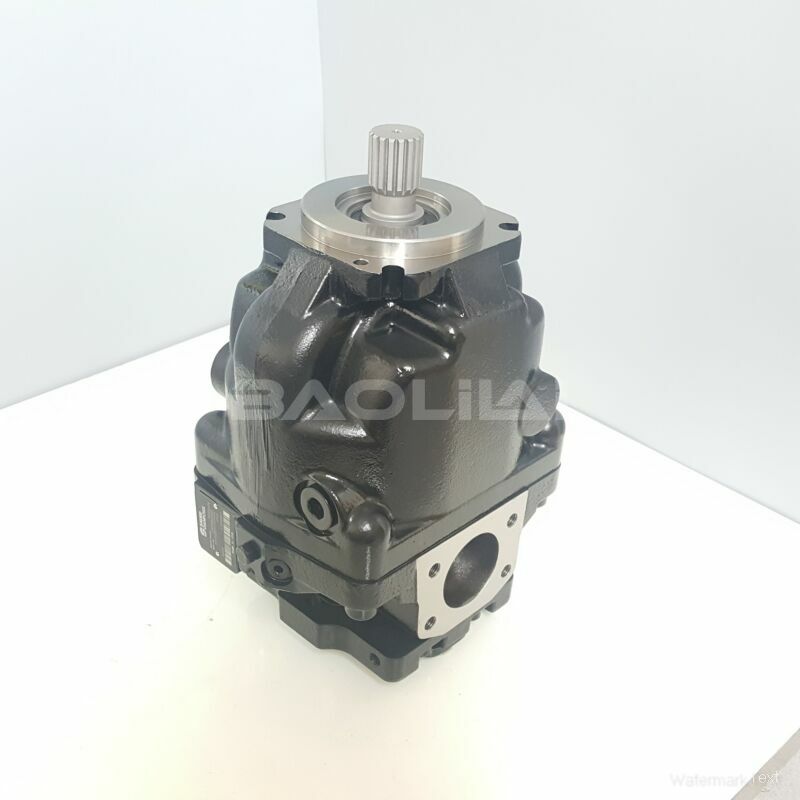ERR100BLS2020NNN3S2CPA1NNNNNNNNNN hydraulic pump
ERR100BLS2020NNN3S2CPA1NNNNNNNNNN hydraulic pump

- Product Details
- Applicable Scene
In the realm of water treatment, achieving high pressure is often essential for various processes, including reverse osmosis, filtration, and chemical injection. One of the key components that enable this capability is the plunger pump. Plunger pumps have gained significant recognition for their efficiency and reliability in delivering high-pressure fluid solutions. This article explores the role of plunger pumps in high-pressure water treatment, highlighting their design, operation, and advantages.
ER-R-100B-LS-20-20-NN-N-3-S2CP-A1N-NNN-NNN-NNN
ERR100BLS2020NNN3S2CPA1NNNNNNNNNN
Plunger pumps are positive displacement pumps that utilize a plunger mechanism to move liquids. They consist of a cylinder, a plunger, and inlet and outlet valves. As the plunger moves within the cylinder, it creates a volume change that draws liquid in through the inlet valve and forces it out through the outlet valve. This mechanism allows plunger pumps to generate very high pressures, often reaching levels that are critical for industrial water treatment applications.

83040402
One of the primary applications of plunger pumps in water treatment is in reverse osmosis systems. These systems require high-pressure pumps to push water through semi-permeable membranes, allowing for the separation of impurities and contaminants. The ability of plunger pumps to maintain consistent pressure is vital for ensuring optimal performance and efficiency in these processes. A stable pressure helps prevent membrane fouling and extends the lifespan of the filtration equipment.
Another crucial application of plunger pumps is in chemical dosing systems. In water treatment facilities, chemicals such as coagulants, flocculants, and disinfectants are often injected into the water stream to enhance treatment processes. Plunger pumps provide precise control over the chemical dosing rates, which is essential for maintaining water quality and adhering to regulatory standards. The pumps’ ability to handle high pressures ensures that chemicals are effectively mixed and delivered to the treatment system.





